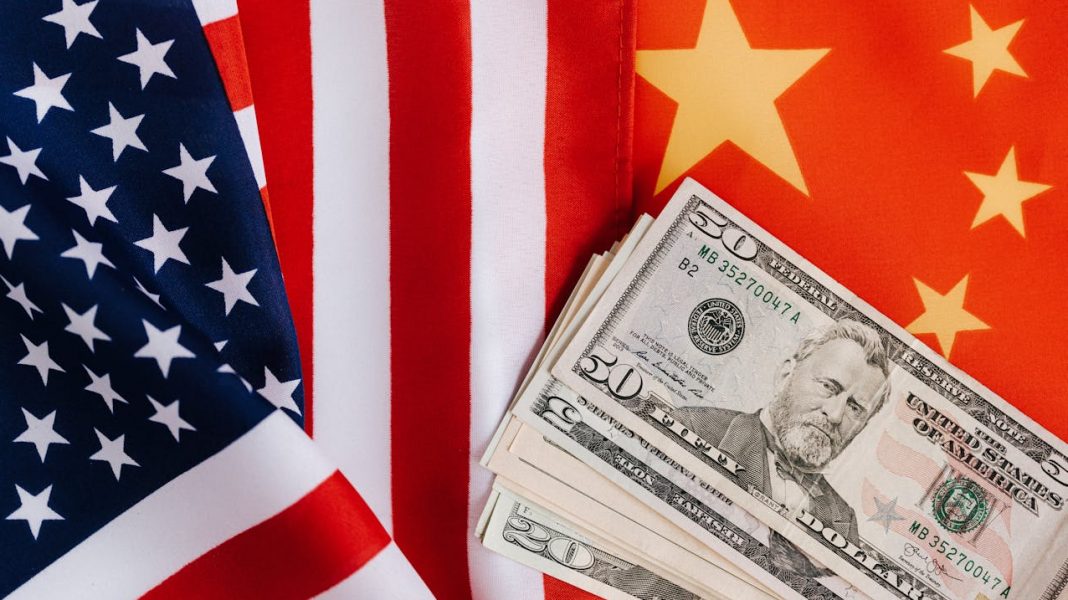WASHINGTON/BEIJING: China and the United States have reached an agreement to fast-track the delivery of rare earth elements to the US, a White House official confirmed on Thursday (June 26).
Rare earth breakthrough in Geneva
According to The Guardian report, the breakthrough comes amid new initiatives to reduce a years-long trade conflict between the world’s two biggest economies. During the trade talks in Geneva this May, Beijing decided to repeal some non-tariff barriers levied since April 2, which had hindered exports of essential materials indispensable to US businesses.
A city in China’s Inner Mongolia region, Baotou, recognised as the worldwide centre for rare earth mining and processing, has been the focal point of this geopolitical power struggle. China’s control over these materials, crucial for aerospace, automotive, semiconductor, and defence applications, has given it substantial power in trade talks.
A senior White House official disclosed that the latest development marks “an additional understanding for a framework to implement the Geneva agreement”, which intends to re-establish and accelerate rare earth deliveries to the US.
Trump hints at broader deal, including India
President Donald Trump, speaking on Thursday, confirmed that a deal had been reached with China, although details were not mentioned. He also hinted at the likelihood of a separate contract that could “open up” India to additional trade alliances. Although no official particulars on the India deal have been shared, it indicates a larger plan to expand the US supply chain and reduce dependence on China for essential resources.
In the meantime, US Commerce Secretary Howard Lutnick, said, “They’re going to deliver rare earths to us,” adding that the US will scale back countermeasures once deliveries start again.
Fragile progress, lingering tensions
Notwithstanding the new development, pressures remain high. China has imposed stringent export controls on rare earths, partly because of concerns about their possible use in US military applications. This has deferred licensing and interrupted global supply chains.
The US has responded with its own set of export limitations, aiming at semiconductor technology and aerospace gear. Earlier, Reuters reported that China had granted provisional export authorisations to rare earth providers doing business with top US carmakers, indicating a probable loosening of restrictions.
Along similar lines, President Trump cited a wide-ranging arrangement under which China would continue shipments of rare earth magnets in exchange for the US welcoming Chinese learners to American universities. This shows how geopolitical discussions now extend well beyond conventional trade issues.
Even though this new agreement signifies a step forward, it accentuates the delicate and multifaceted path ahead as Washington and Beijing try to recaibrate one of the world’s most significant economic relationships.

